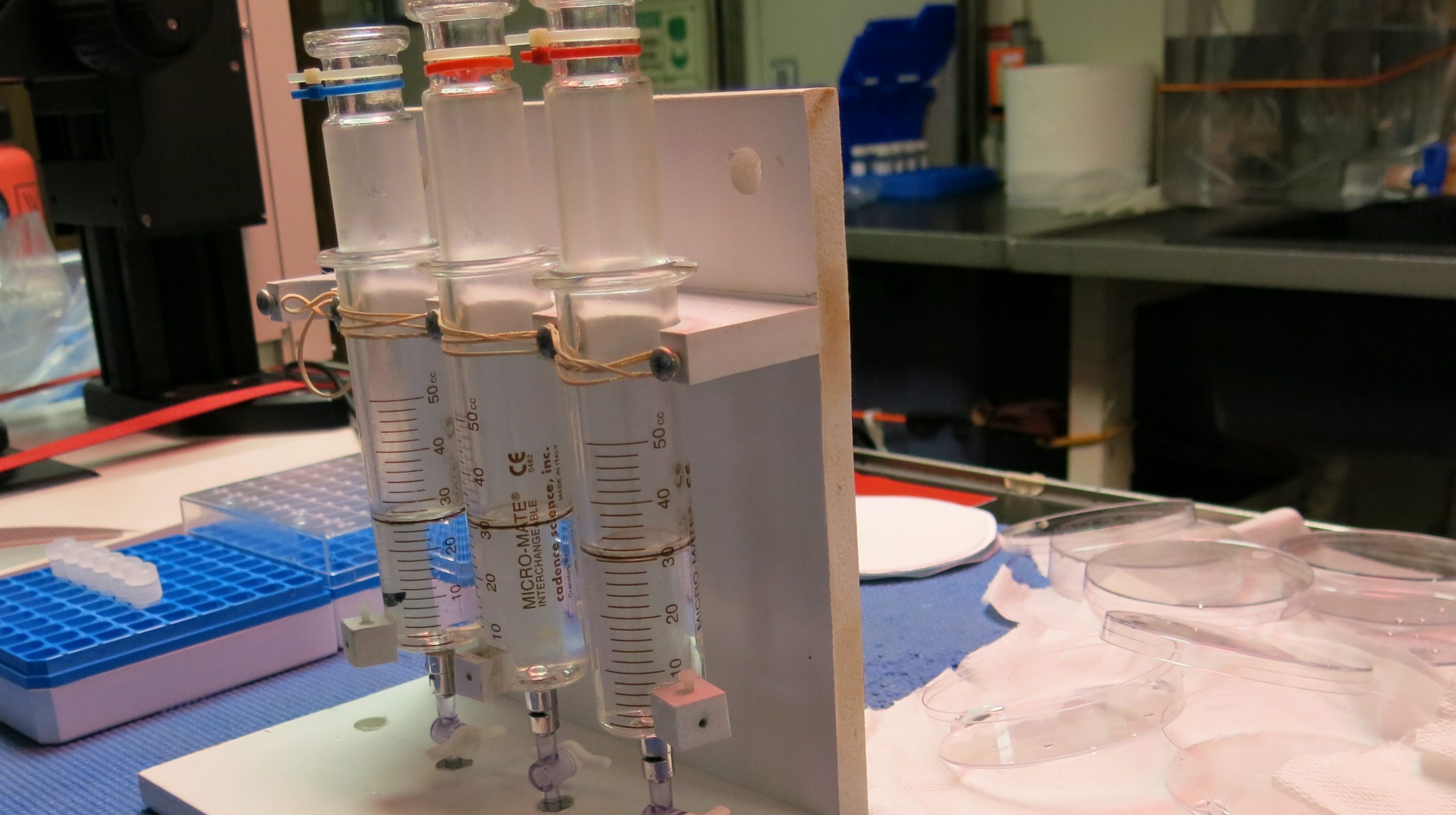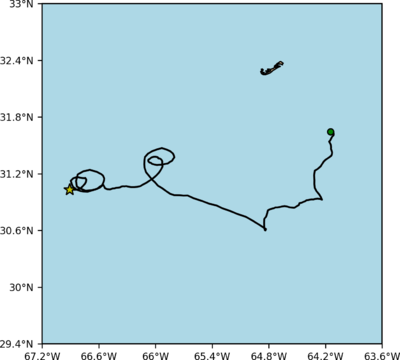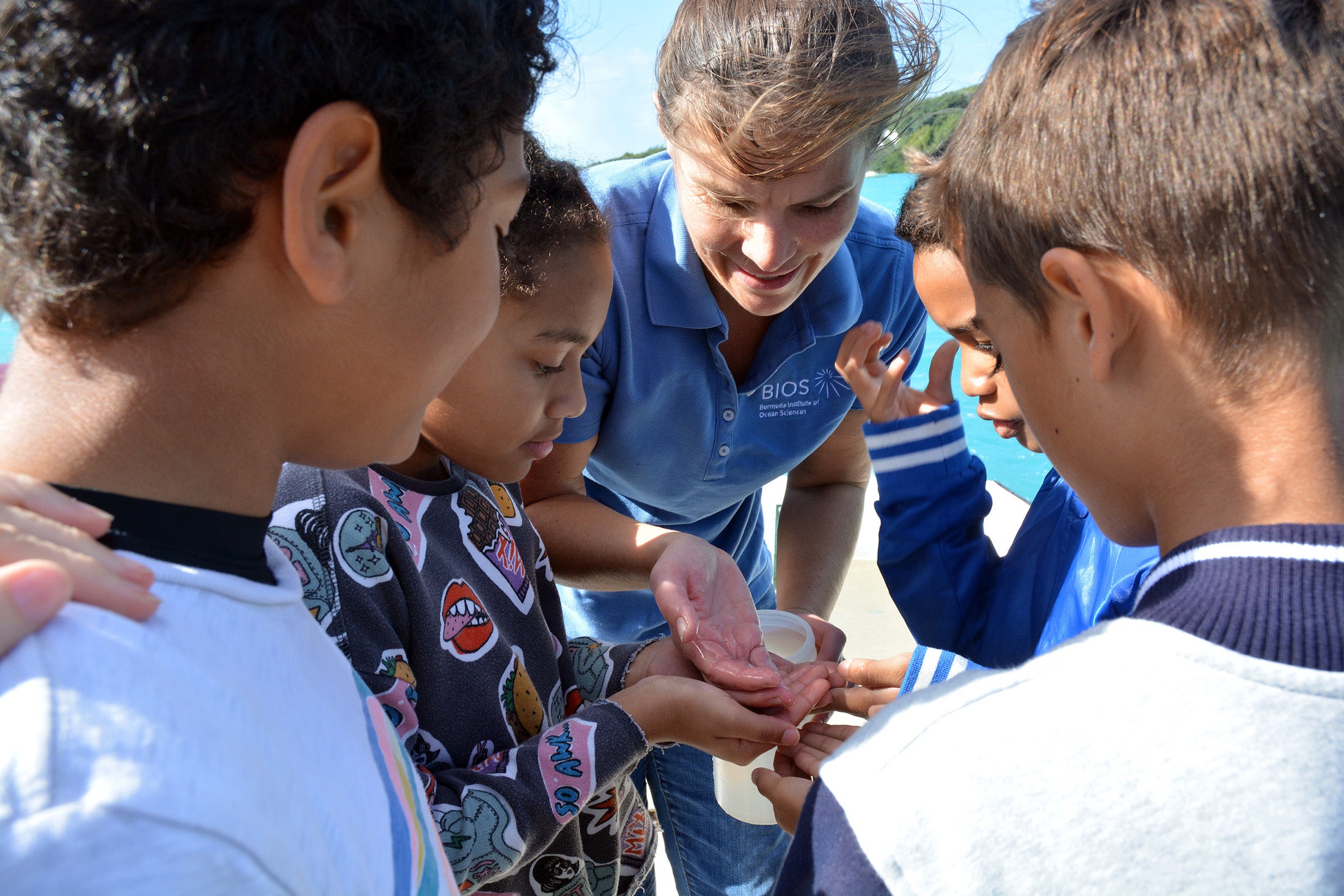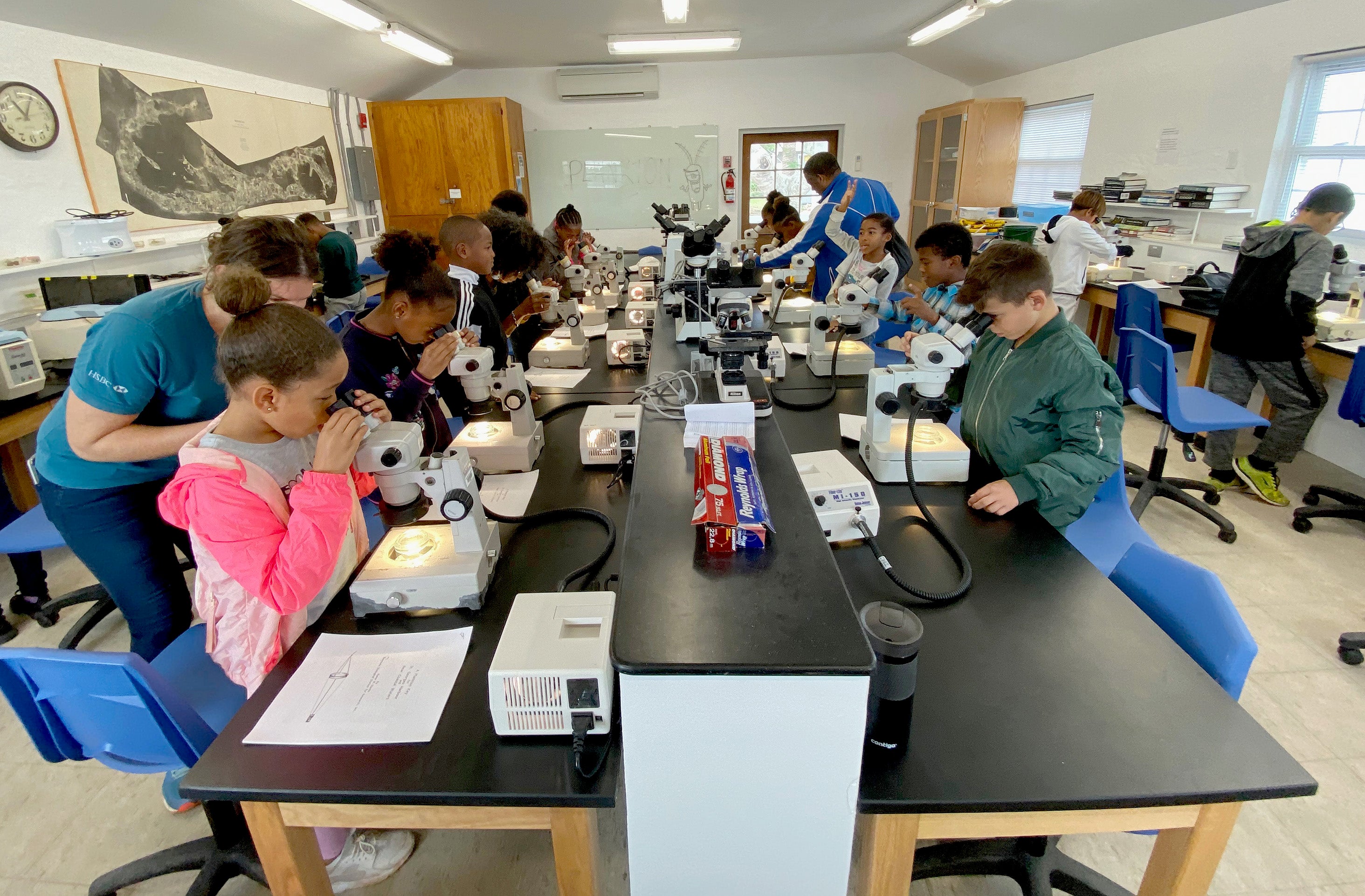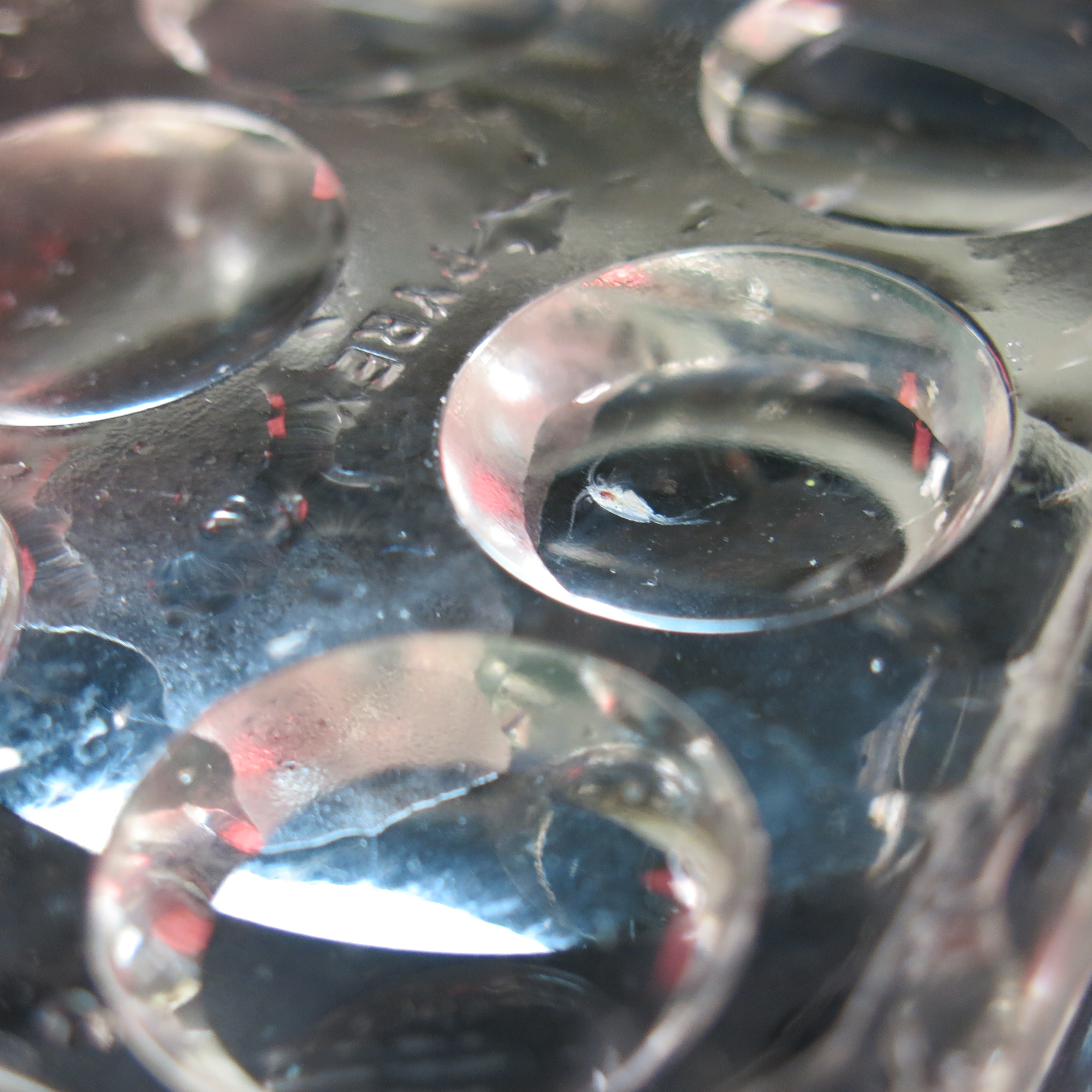Zooplankton Vertical Migration
At the base of our ocean food web, microscopic organisms known as plankton, dominate the sunlit layer of the ocean, or the euphotic zone. These plankton are plant-like (phytoplankton) and animal-like (zooplankton) organisms that play a vital role in the movement of carbon, by way of a critically important pathway known as the biological carbon pump. In the euphotic zone, ocean primary producers (phytoplankton) use the energy from the sun alongside inorganic nutrients to transform dissolved carbon dioxide (CO2), into organic carbon, through the process of photosynthesis. A tightly knit community of zooplankton that live in the dark depths of the ocean, avoiding predators during the day, make a nightly migration upward to feed on phytoplankton in the surface waters, a process known as Diel Vertical Migration (DVM). The DVM is a highly synchronized rhythmic event influenced by surrounding cues in the environment, such as light and temperature (environmental variables).
Environmental variables can often act as cues for the daily migrations of zooplankton. The production of waste products and sizing of these products are indications of metabolism and give researchers insight into the timing of migration and feeding patterns.
Check out the CTD Data and fecal pellet stack data. Educational resources were supported by NSF grant #1829318.

